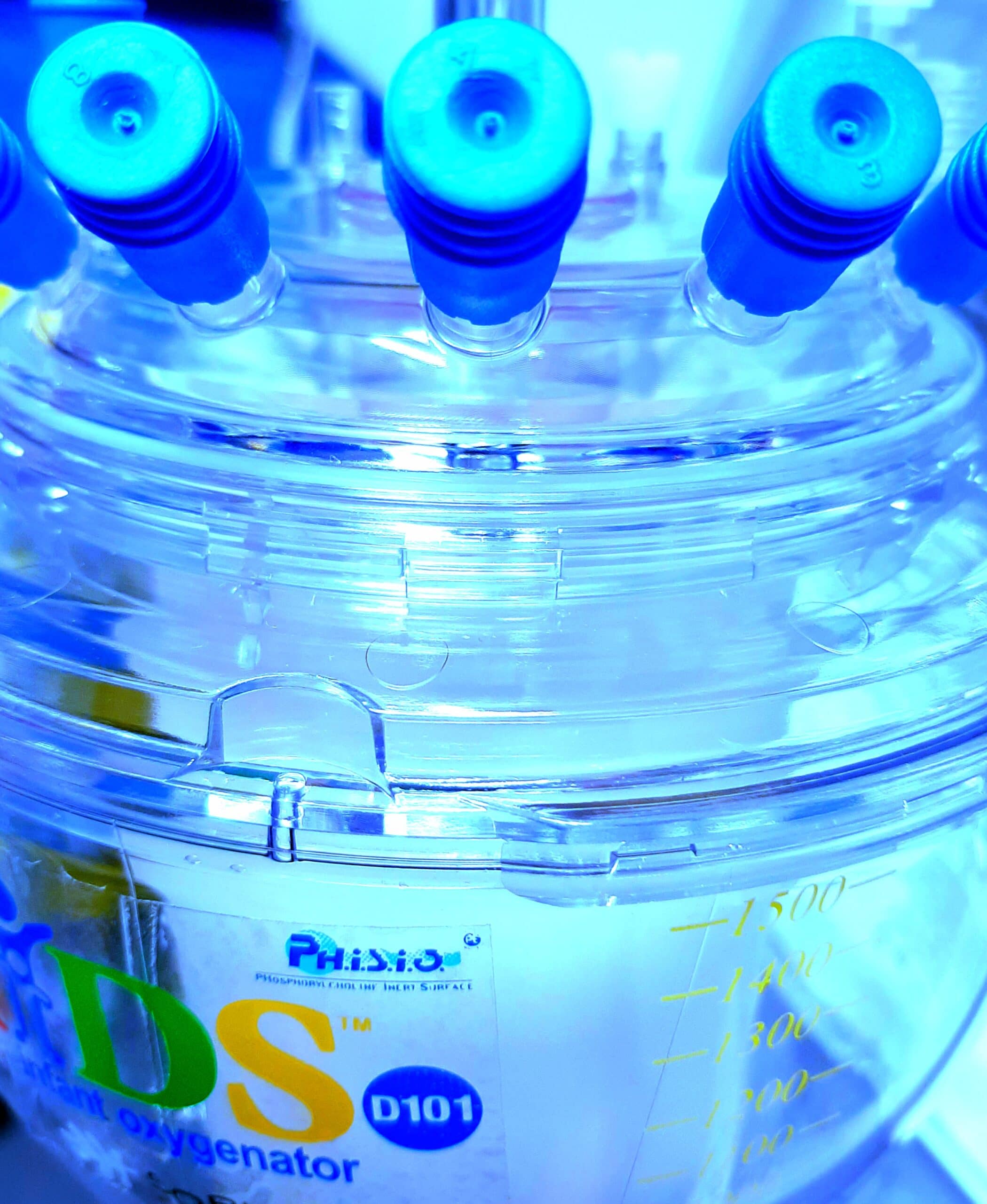Improving Hemocompatibility: How Can Smart Surfaces Direct Blood To Fight against Thrombi

Nature utilizes endothelium as a blood interface that perfectly controls hemostasis, preventing the uncontrolled formation of thrombi. The management of positive and negative feedback that finely tunes thrombosis and fibrinolysis is essential for human life, especially for patients who undergo extracorporeal circulation (ECC) after a severe respiratory or cardiac failure. The exposure of blood to a surface different from healthy endothelium inevitably initiates coagulation, drastically increasing the mortality rate by thromboembolic complications. In the present study, an ultrathin antifouling fibrinolytic coating capable of disintegrating thrombi in a self-regulated manner is reported. The coating system is composed of a polymer brush layer that can prevent any unspecific interaction with blood. The brushes are functionalized with a tissue plasminogen activator (tPA) to establish localized fibrinolysis that solely and exclusively is active when it is required. This interactive switching between the dormant and active state is realized through an amplification mechanism that increases (positive feedback) or restores (negative feedback) the activity of tPA depending on whether a thrombus is detected and captured or not. Thus, only a low surface density of tPA is necessary to lyse real thrombi. Our work demonstrates the first report of a coating that self-regulates its fibrinolytic activity depending on the conditions of blood.
